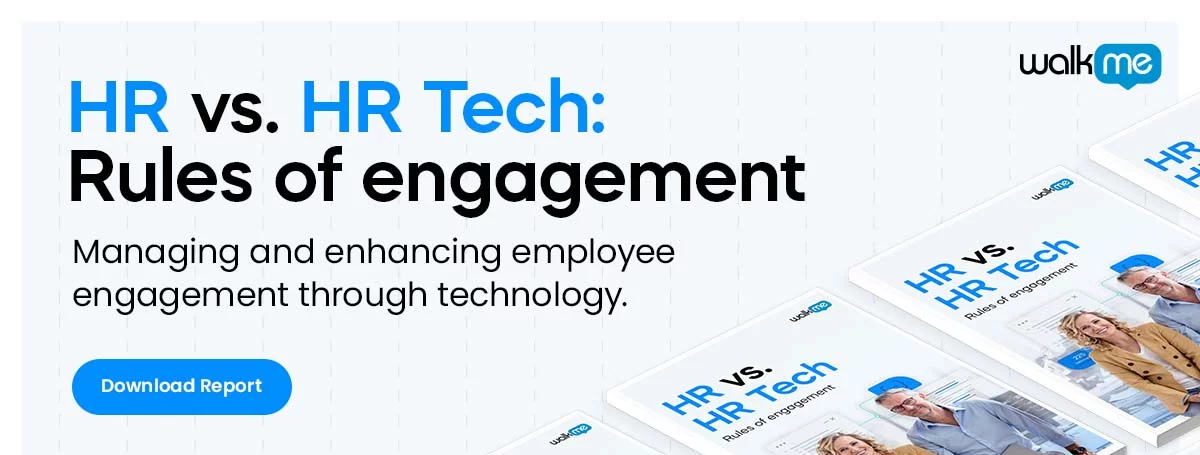
During the COVID-19 pandemic, the need for remote employee onboarding became obvious to many companies around the world.
Remote working, after all, became the norm for many enterprises in the first few months of 2020.
To stay productive in this virtual context, managers have had to learn new strategies, such as remote worker management, onboarding, and training.
Below, we’ll focus on remote employee onboarding, a critical process for organizations that hire new workers remotely.
A 5-Point Checklist for Remote Employee Onboarding
Employee onboarding is an essential stage in the employee life cycle.
The onboarding experience directly impacts employees’ first impression of the company, as well as their time-to-productivity, their engagement levels, long-term loyalty, and more.
Remote employee onboarding, however, presents new challenges for HR, since the entire process occurs online.
When employees are working from home, it is important to shift managerial strategies by, for instance:
- Focusing more on metrics, data, and results
- Taking extra steps to ensure that employees can connect on a social level
- Emphasizing the digital employee experience
- Ensuring that workers have access to the tools and training they need to do their jobs
There are certainly benefits to telecommuting, such as improved productivity and performance. Yet as this list shows, there are also a number of challenges to overcome.
Below, we’ll look at a few ways HR managers can adapt to the remote onboarding process:
1. Design a structured onboarding process – and make it a priority
Surprisingly, only 12% of employees strongly agree that their organization does a great job onboarding new workers, according to Gallup.
The first priority for most companies, therefore, should be to create a well-structured onboarding program.
The building blocks of a good onboarding program include:
- Orienting employees to the organization, its mission, and their role in the company
- Digital orientation and onboarding
- Social and cultural integration
Greater retention is the reward of a great onboarding experience, so it pays to implement onboarding programs that are well-structured and in-depth.
2. Adapt offline onboarding components to the remote workplace
Digital employee onboarding should include all of the same elements as its offline counterpart.
This means:
- Introducing employees to their coworkers and managers via video and social apps
- Providing digital software tours and walkthroughs
- Familiarizing employees with their job duties, the company, its mission, and the culture
- Performing standard onboarding processes, such as weekly and monthly check-ins
- Ensuring that new hires have access to training and development
It may be tempting to forego certain elements of the onboarding process, out of convenience or uncertainty. Doing so, however, will only have a negative impact on the onboarding process.
3. Set goals and measurable objectives
A number of metrics are affected by employee onboarding processes, such as:
- Time-to-productivity
- Satisfaction rates
- Engagement
- Retention
Assigning metrics to each of these areas can help employers better understand their onboarding efforts.
More importantly, metrics are used to set performance targets, while also providing insight into what works, what doesn’t, and how those efforts should be fixed.
4. Automate onboarding with digital adoption platforms (DAPs)
Digital adoption platforms (DAPs) are specifically designed for user onboarding and training.
They are ideally suited for remote employee onboarding, since they can provide automated in-software training from any location.
Core features of WalkMe’s DAP include:
- In-app software tutorials and walkthroughs, which can be easily customized or designed from scratch
- Automation of repetitive tasks and workflows
- Software analytics that highlight employees’ training needs
Among other things, DAPs can help improve time-to-productivity, overall proficiency levels, and engagement – while reducing common problems, such as software-related frustration.
With the right DAP and the right onboarding strategy, managers will see significant improvements in their remote onboarding and training efforts.
5. Measure, learn, and adapt
Continual improvement should become a hallmark of every business process, including employee onboarding.
In fact, in many ways, the remote workplace makes it easier to track performance and make improvements. Managers, after all, must rely more heavily on data, metrics, and KPIs when evaluating workers’ performance.
A basic continual improvement process would look something like this:
- Set goals and measurable objectives
- Assign onboarding metrics
- Evaluate those metrics and other relevant data
- Learn from that data and make adjustments to the program as needed
Implementing a remote onboarding program, in short, is only the first step.
To obtain tangible, long-term benefits from onboarding efforts, managers should take an approach built upon data-driven processes and a philosophy of continuous improvement. Doing so will improve insights into the program’s performance and ultimately drive better results, both in the short- and long-term.
Final Thoughts
Onboarding, training, and managing the remote workforce requires new methods and tools.
While remote work has its perks, the deficiencies of telecommuting must be understood, as mentioned above. Feelings of isolation, for instance, can result from the lack of in-person connection.
With effective remote onboarding, training, and management, however, employers can mitigate such problems and reap the rewards associated with the virtual workforce – including greater employee productivity, performance, and job satisfaction.
WalkMe Team
WalkMe spearheaded the Digital Adoption Platform (DAP) for associations to use the maximum capacity of their advanced resources. Utilizing man-made consciousness, AI, and context-oriented direction, WalkMe adds a powerful UI layer to raise the computerized proficiency, everything being equal.



